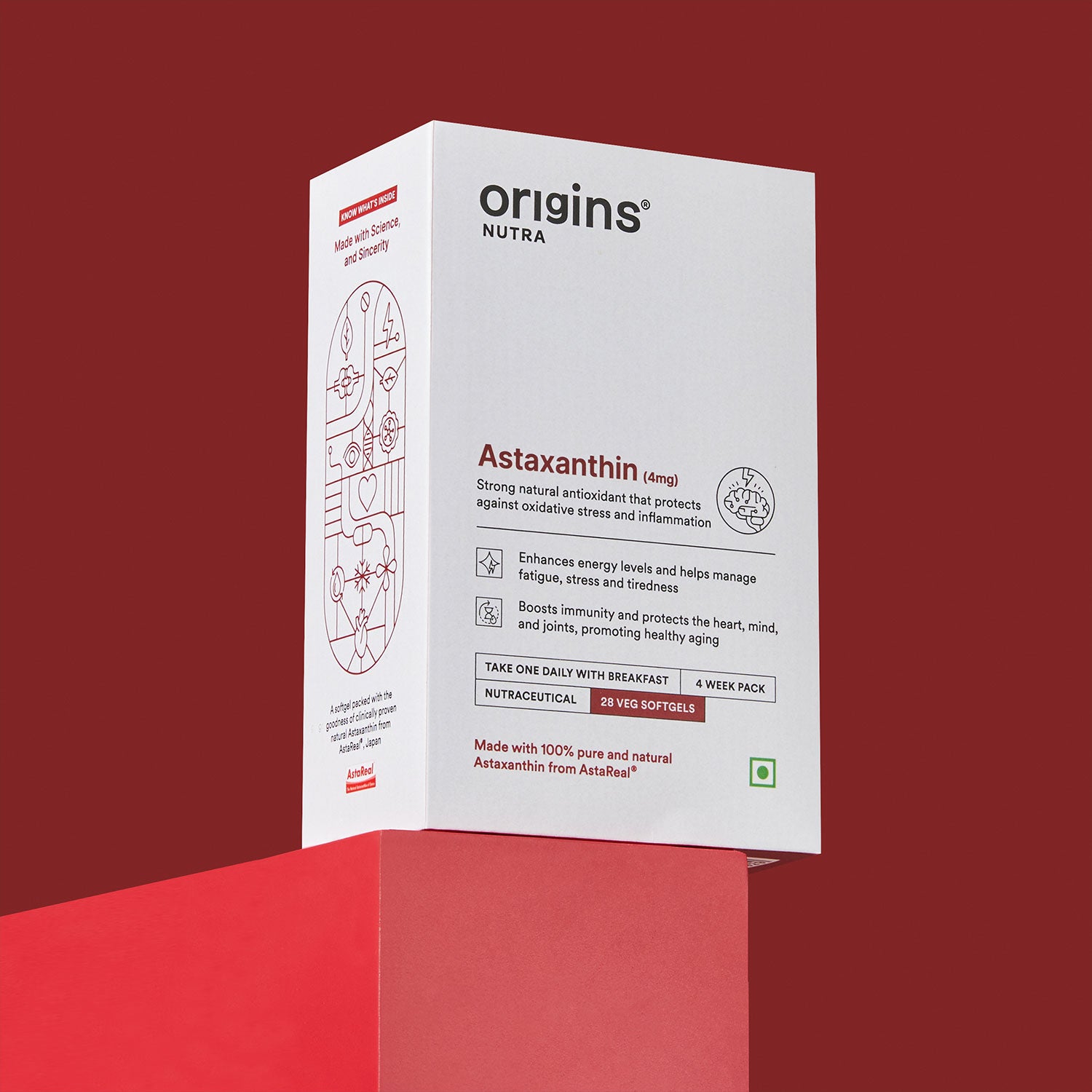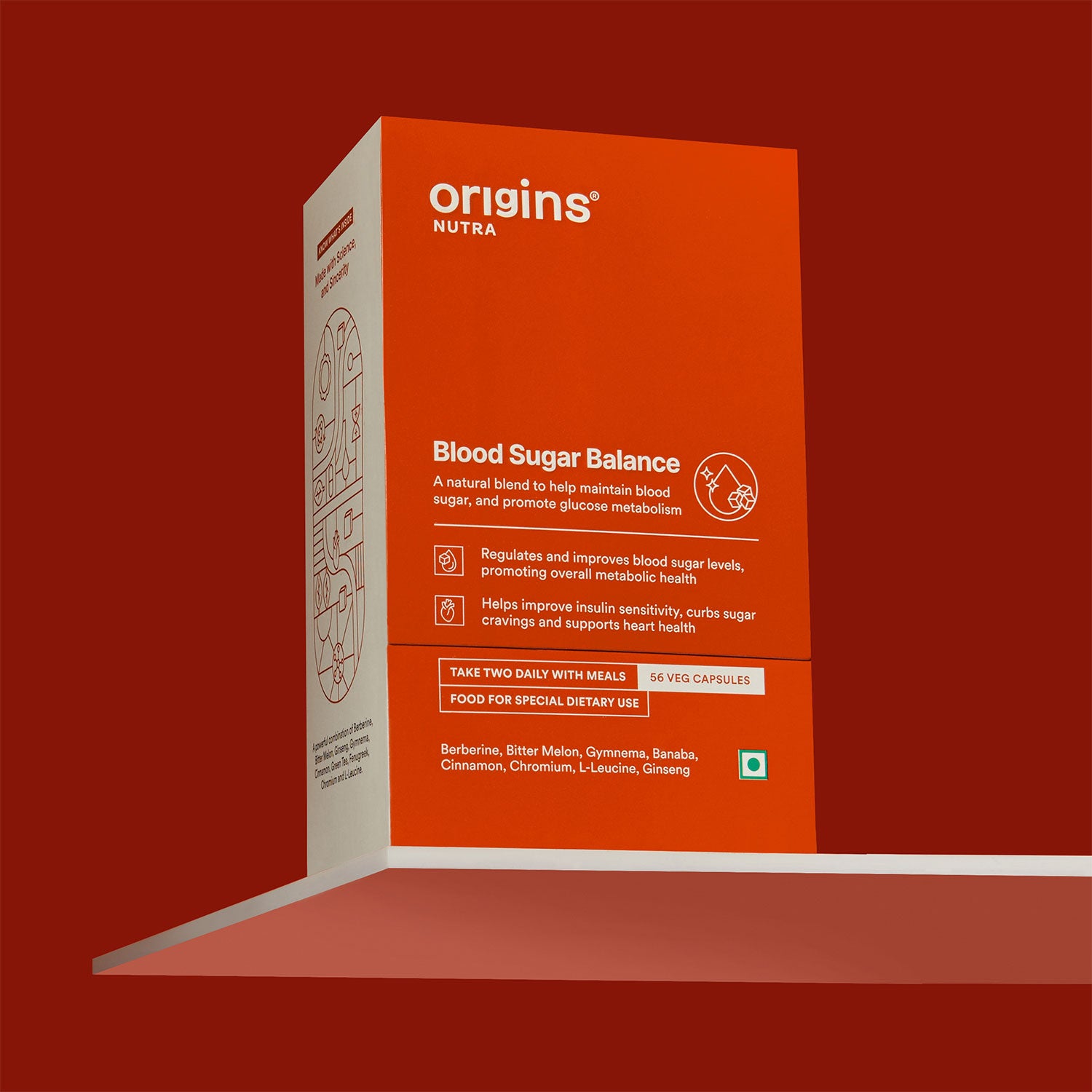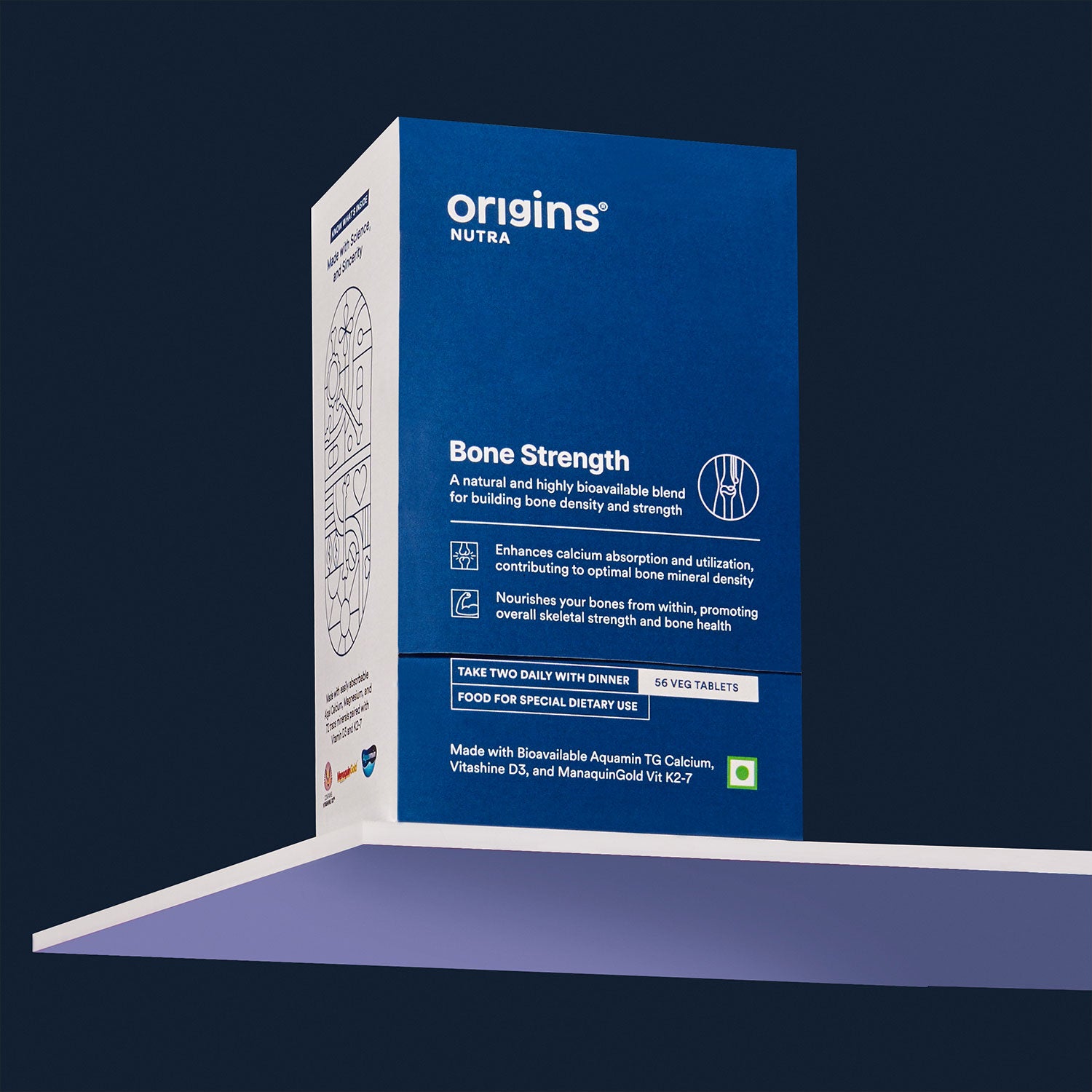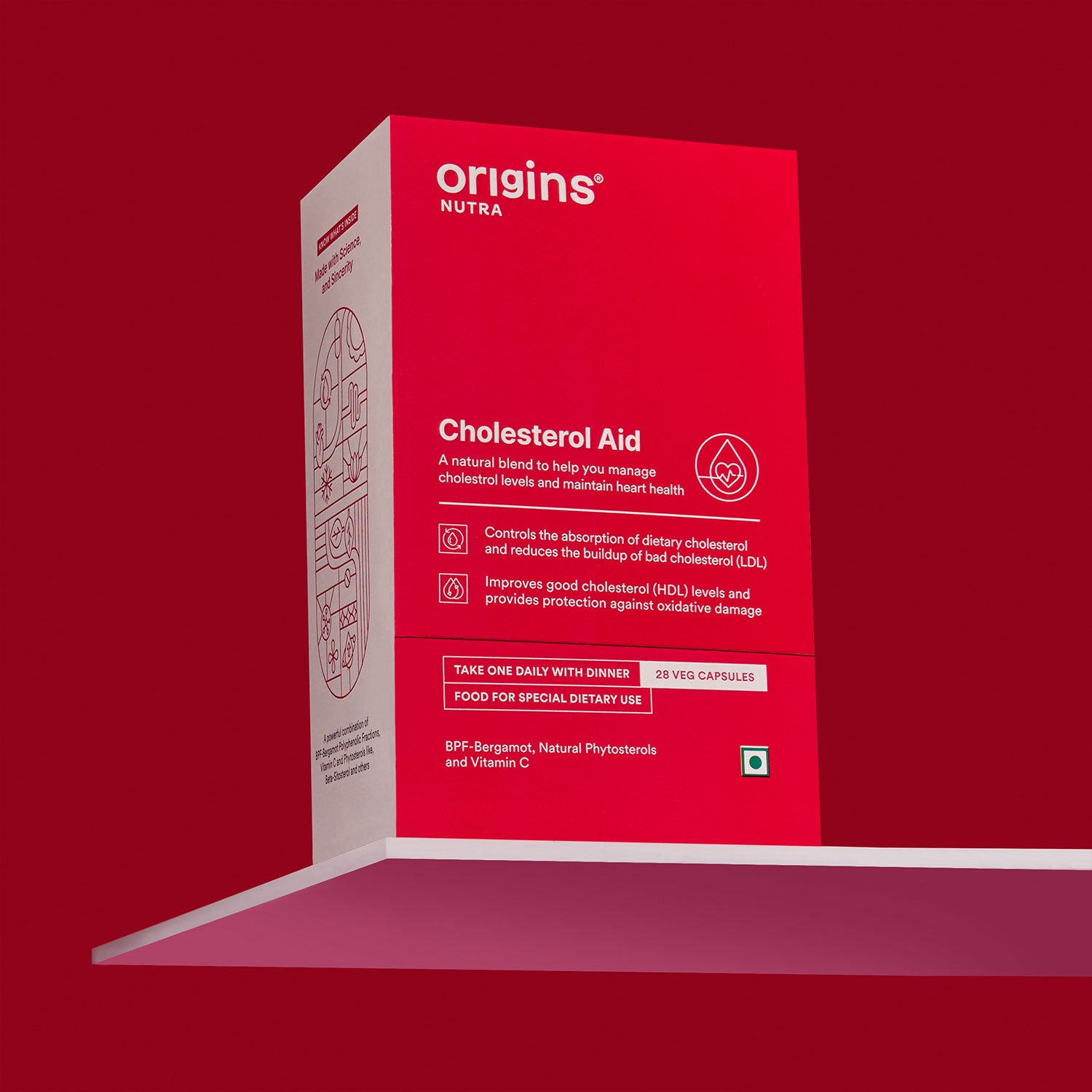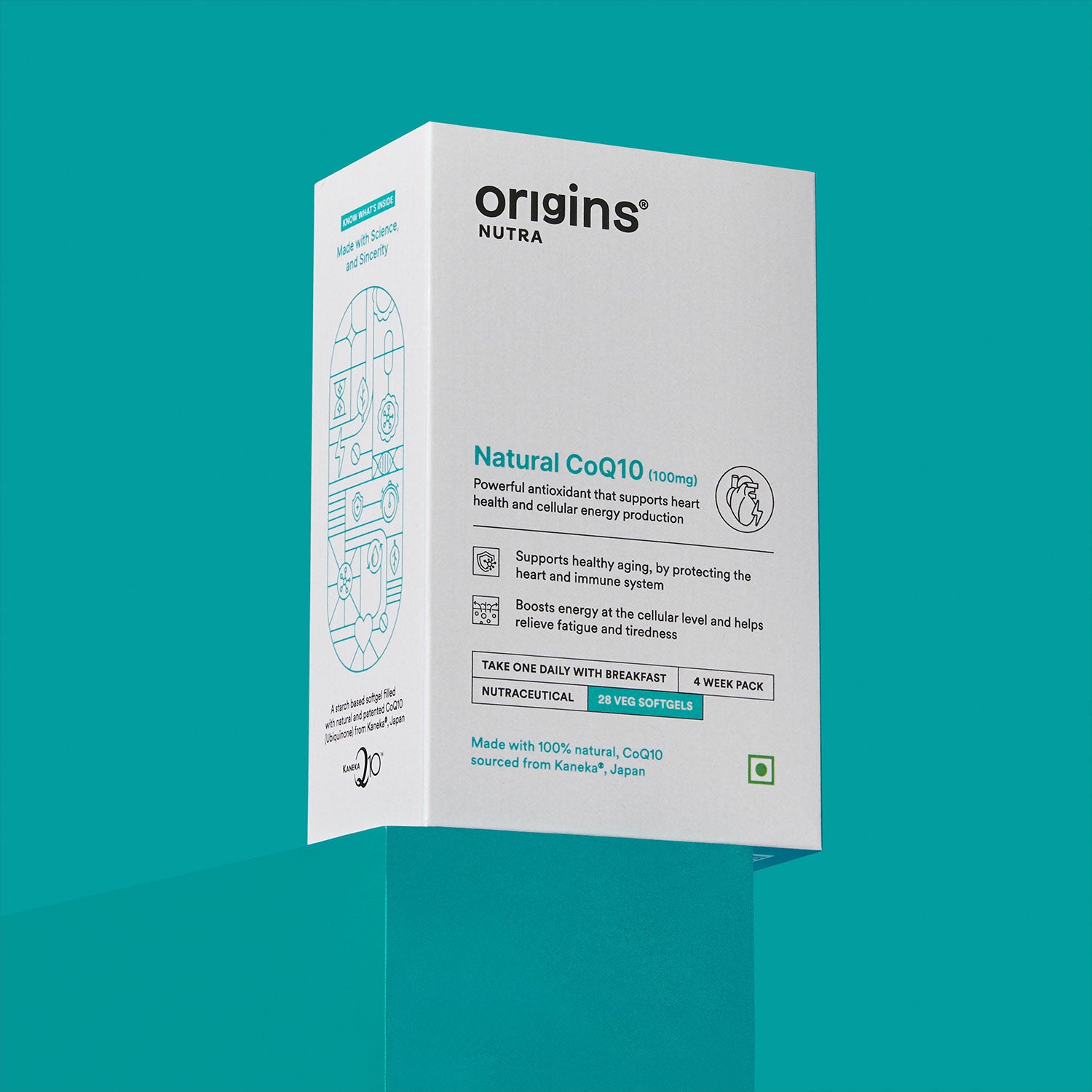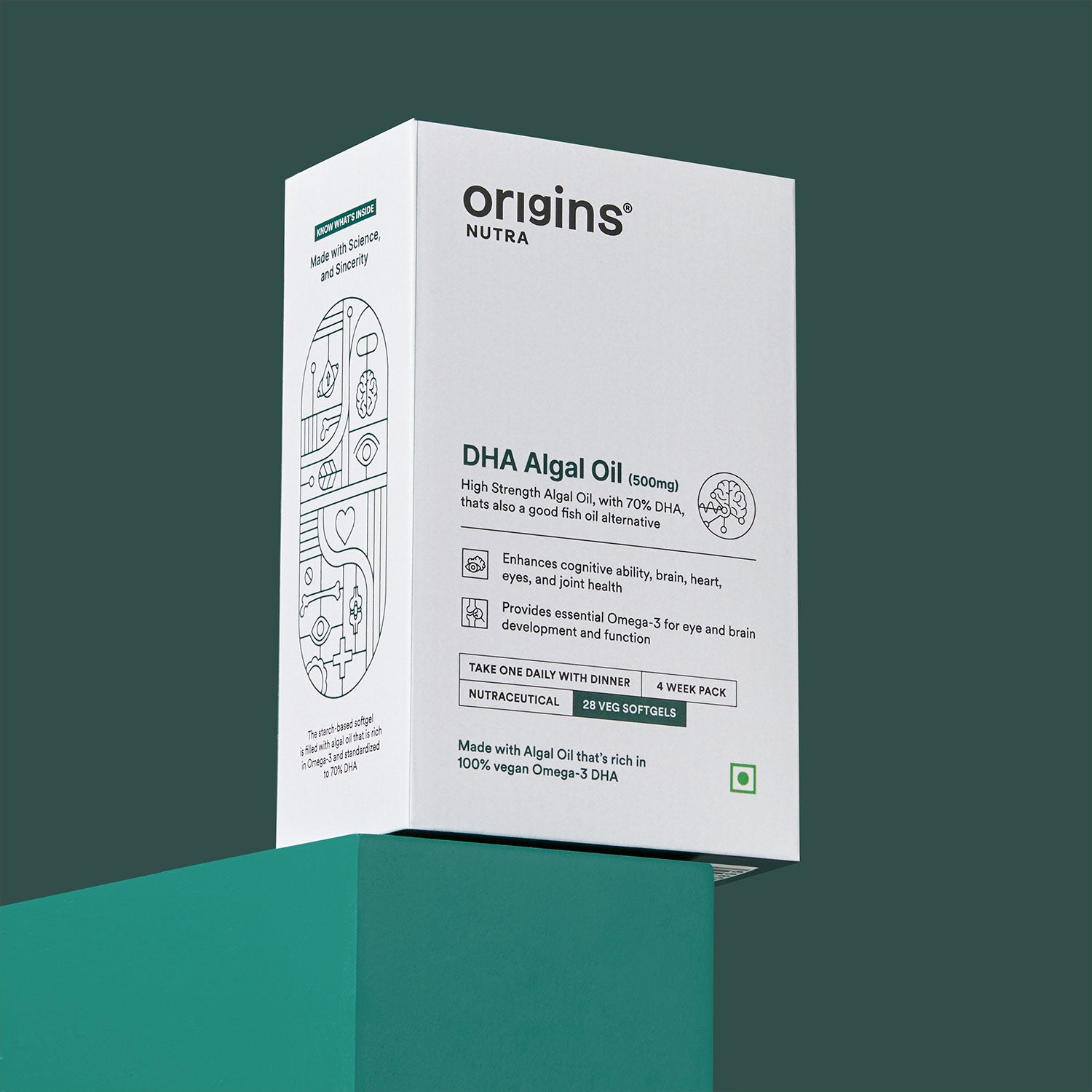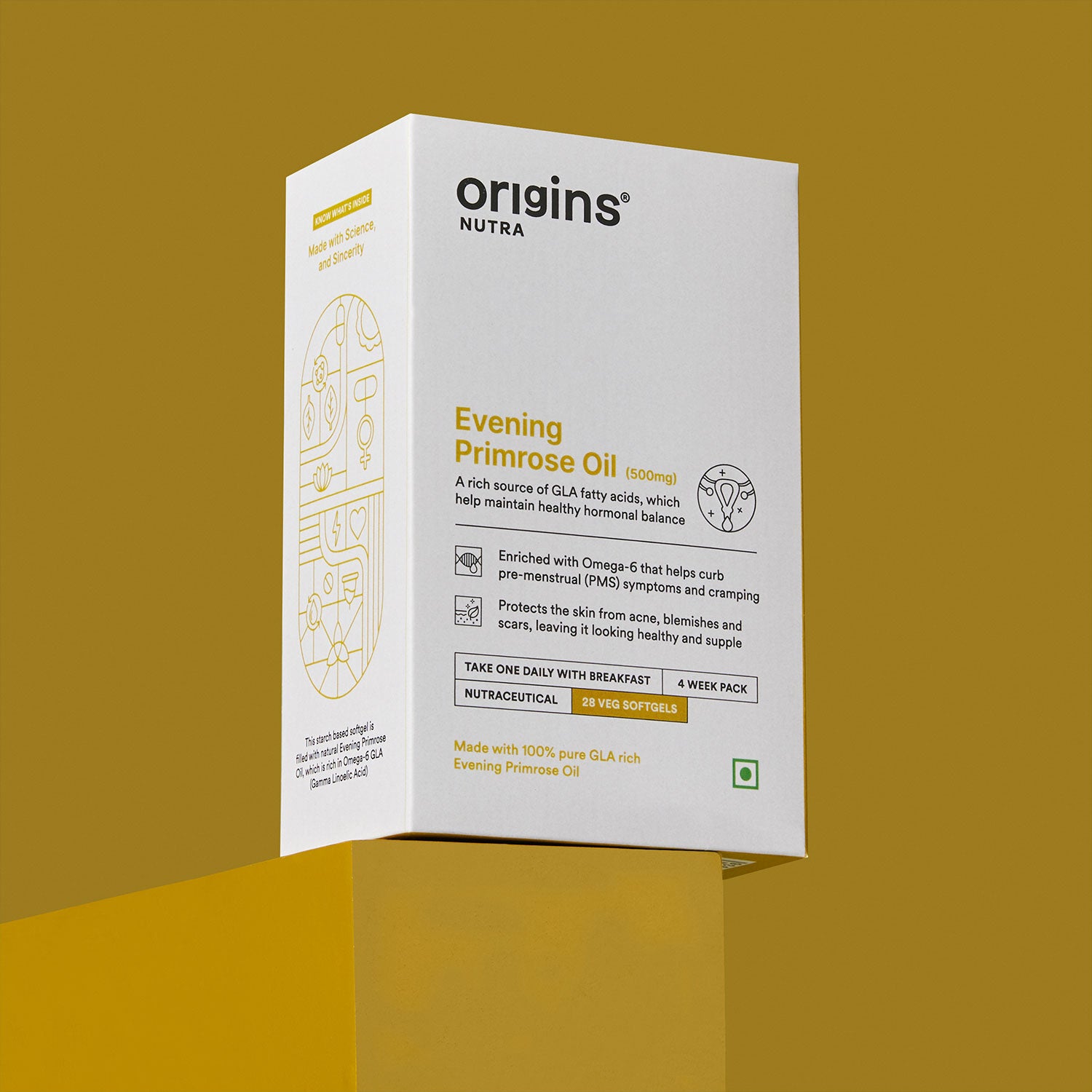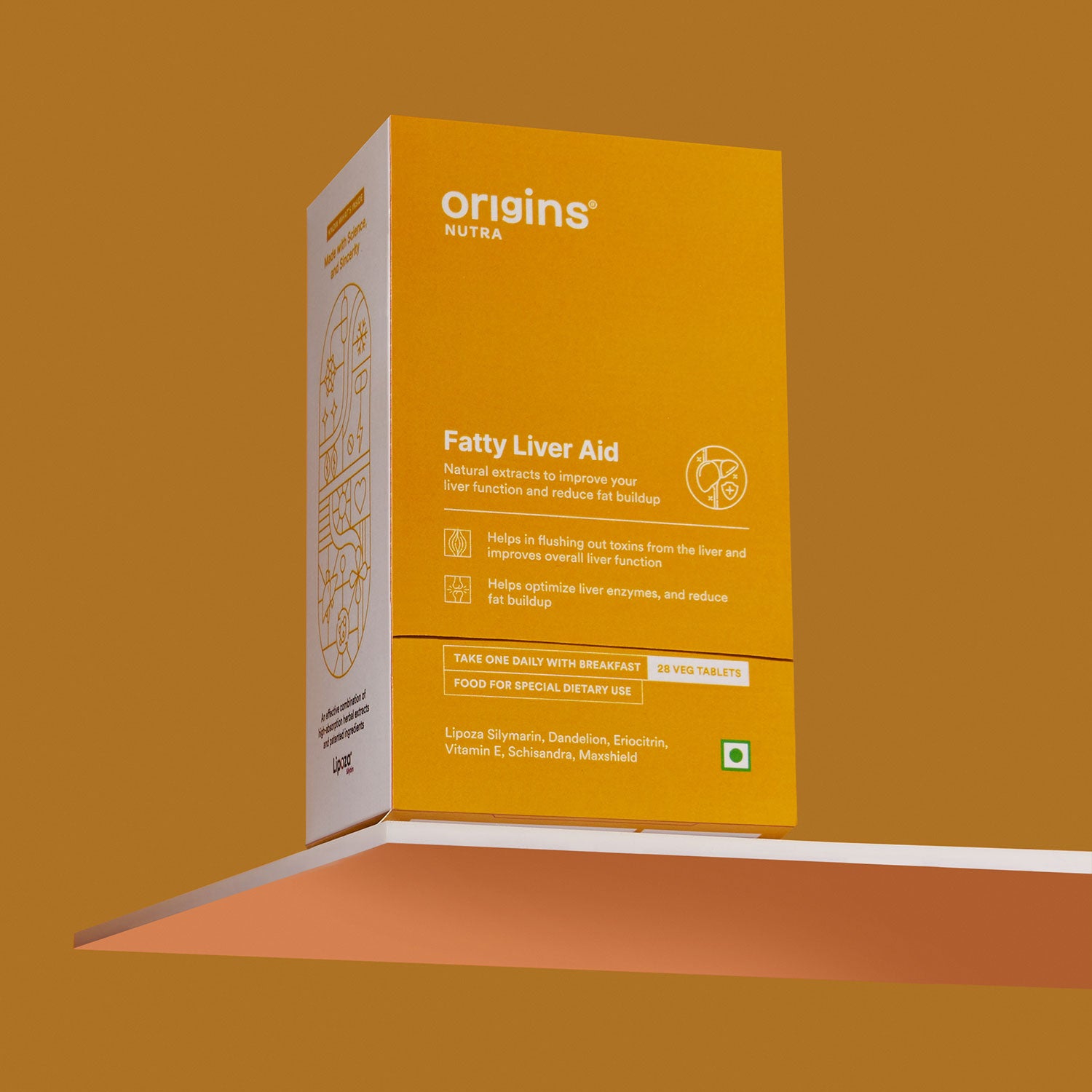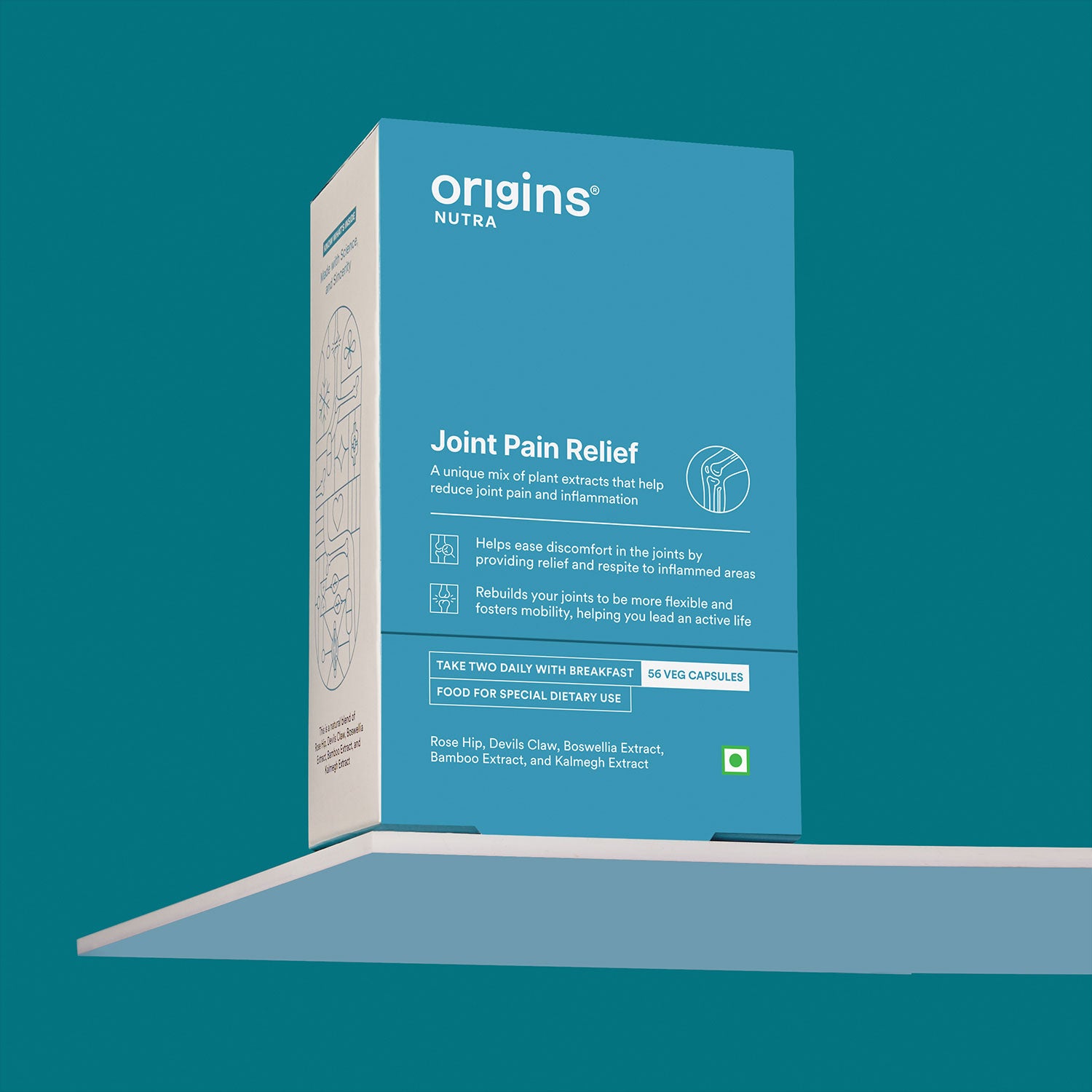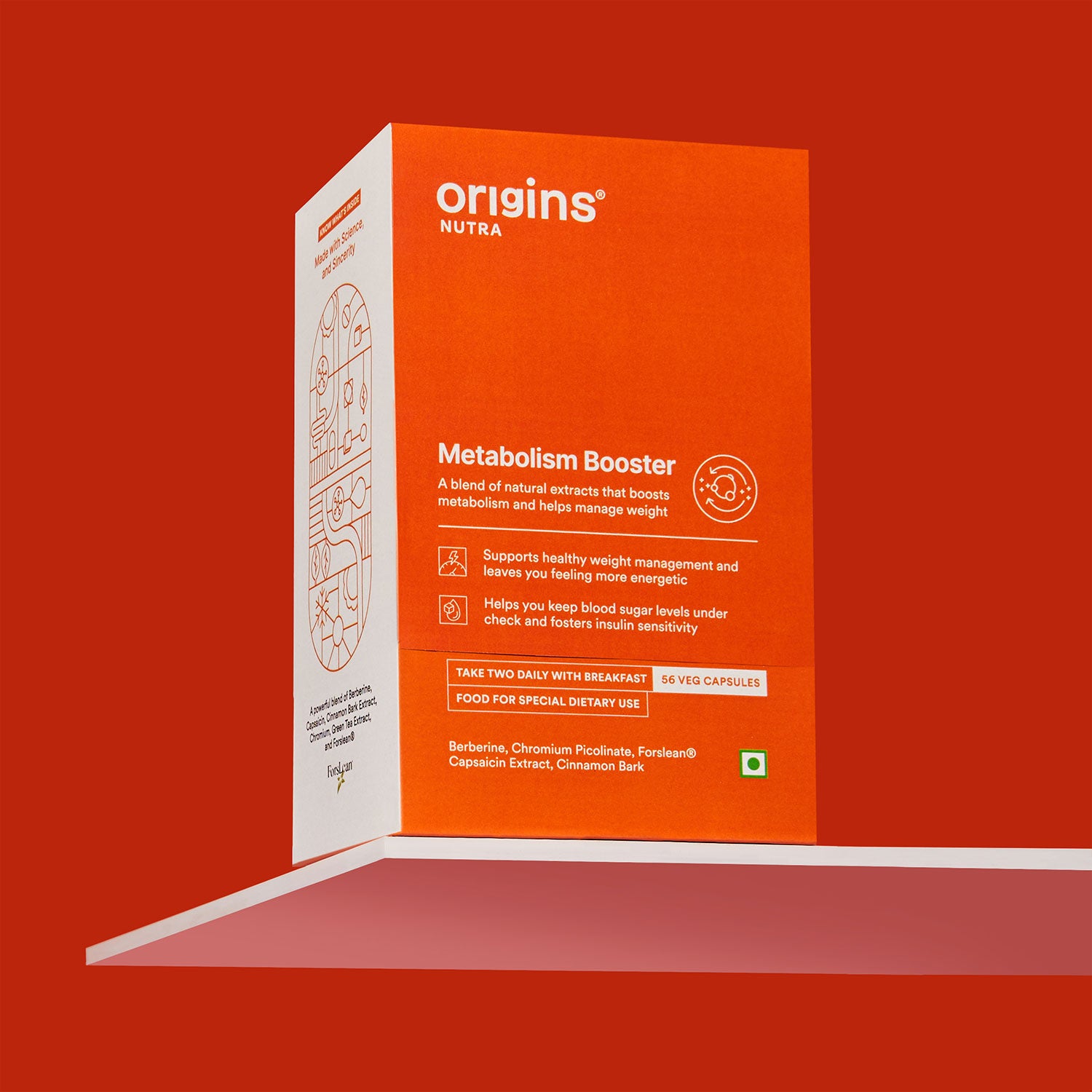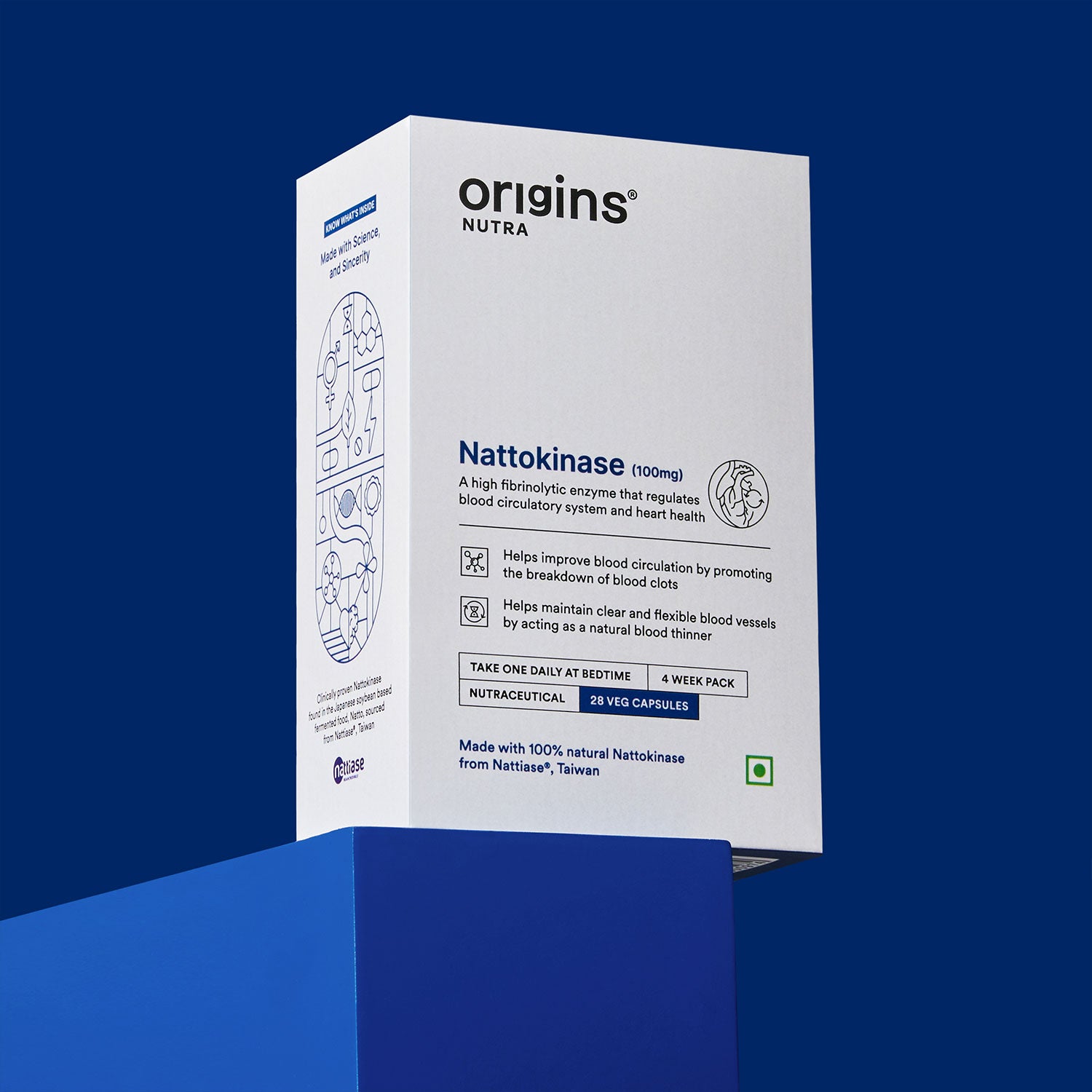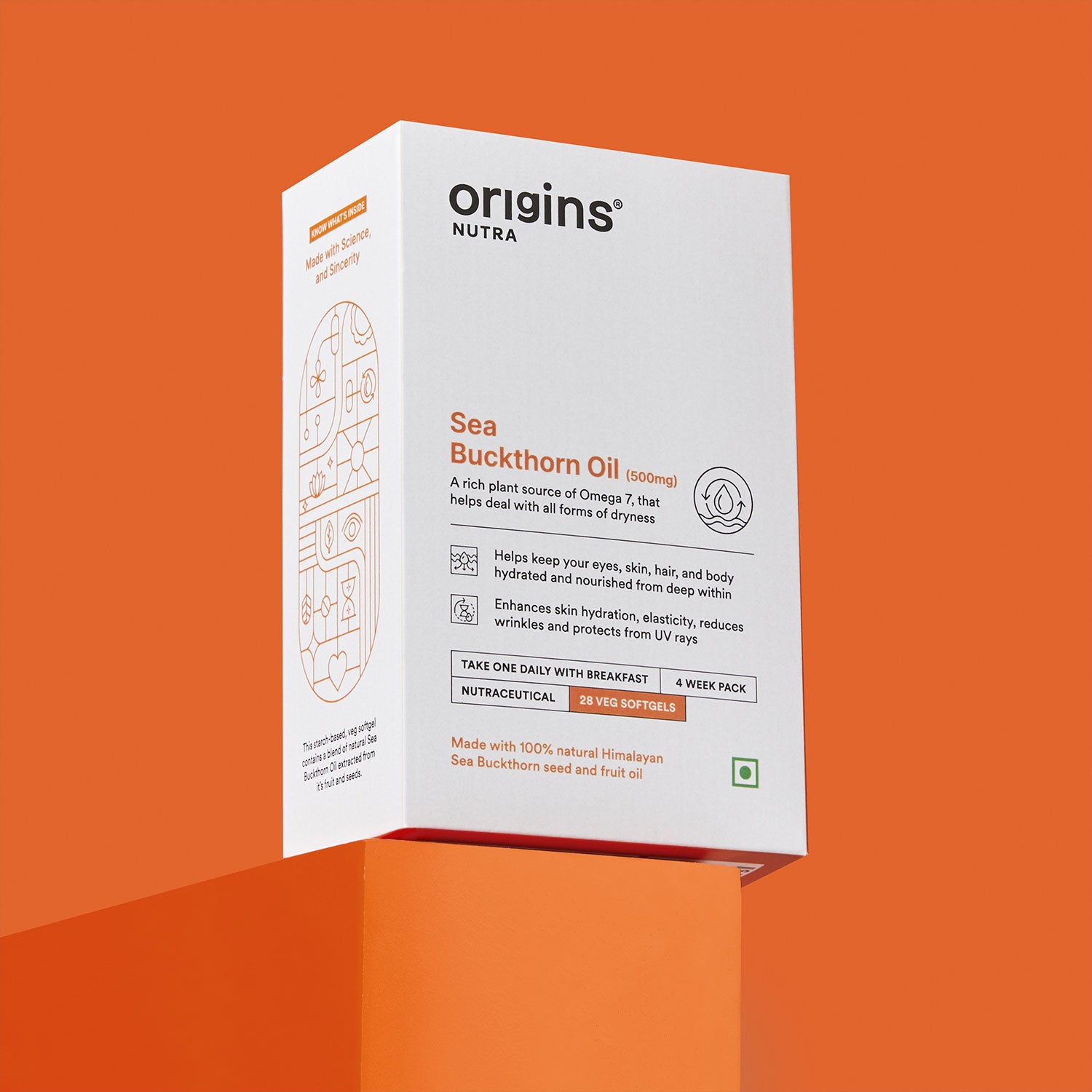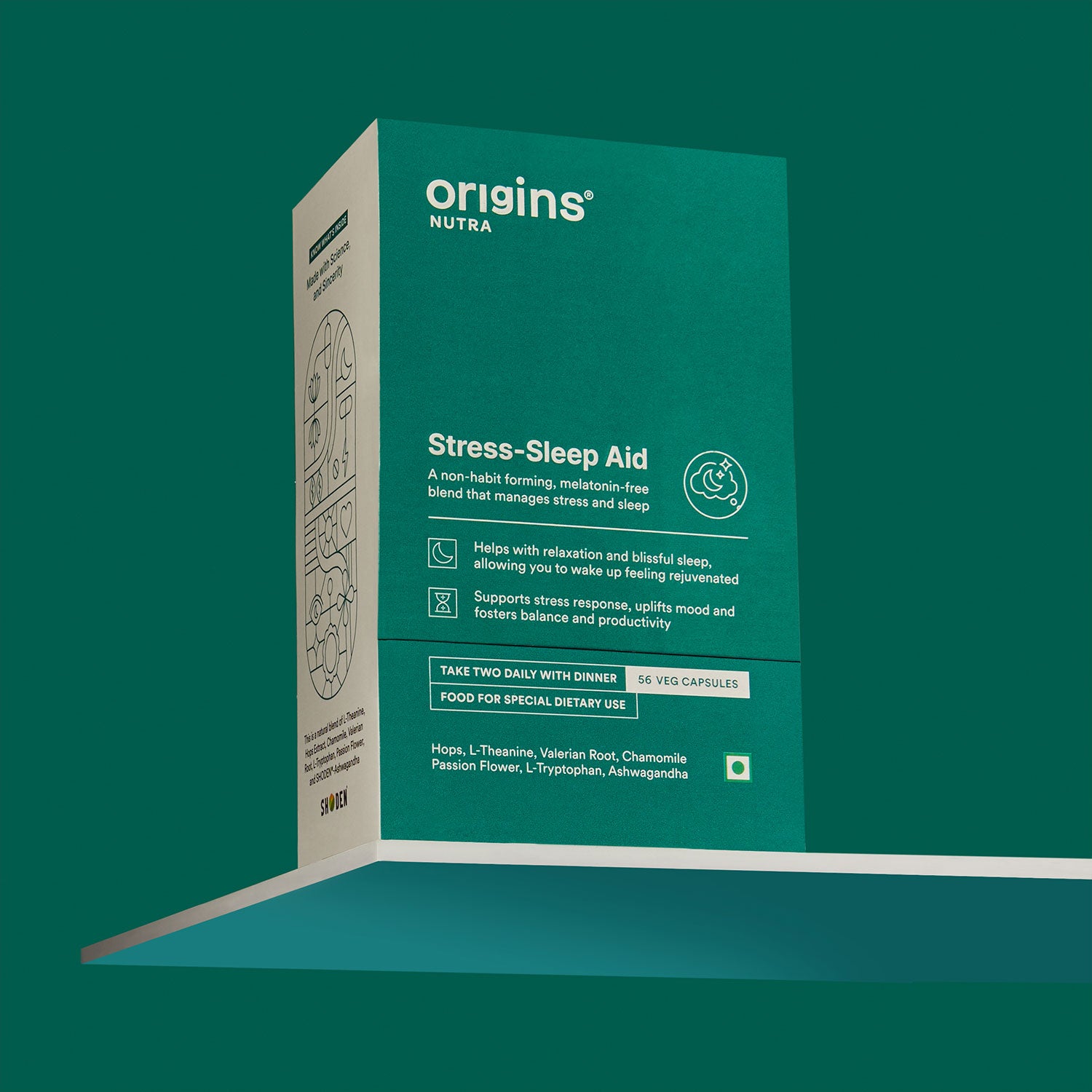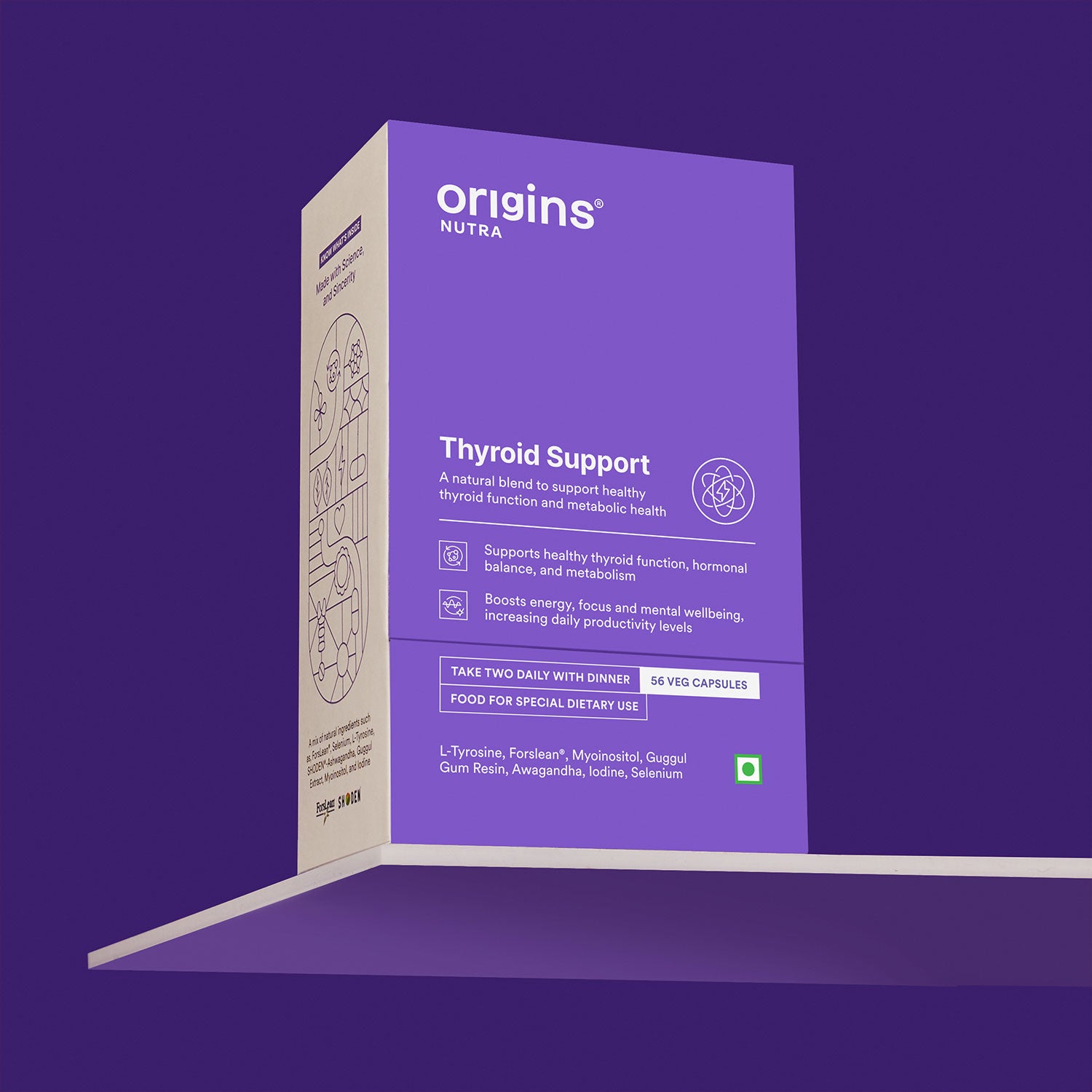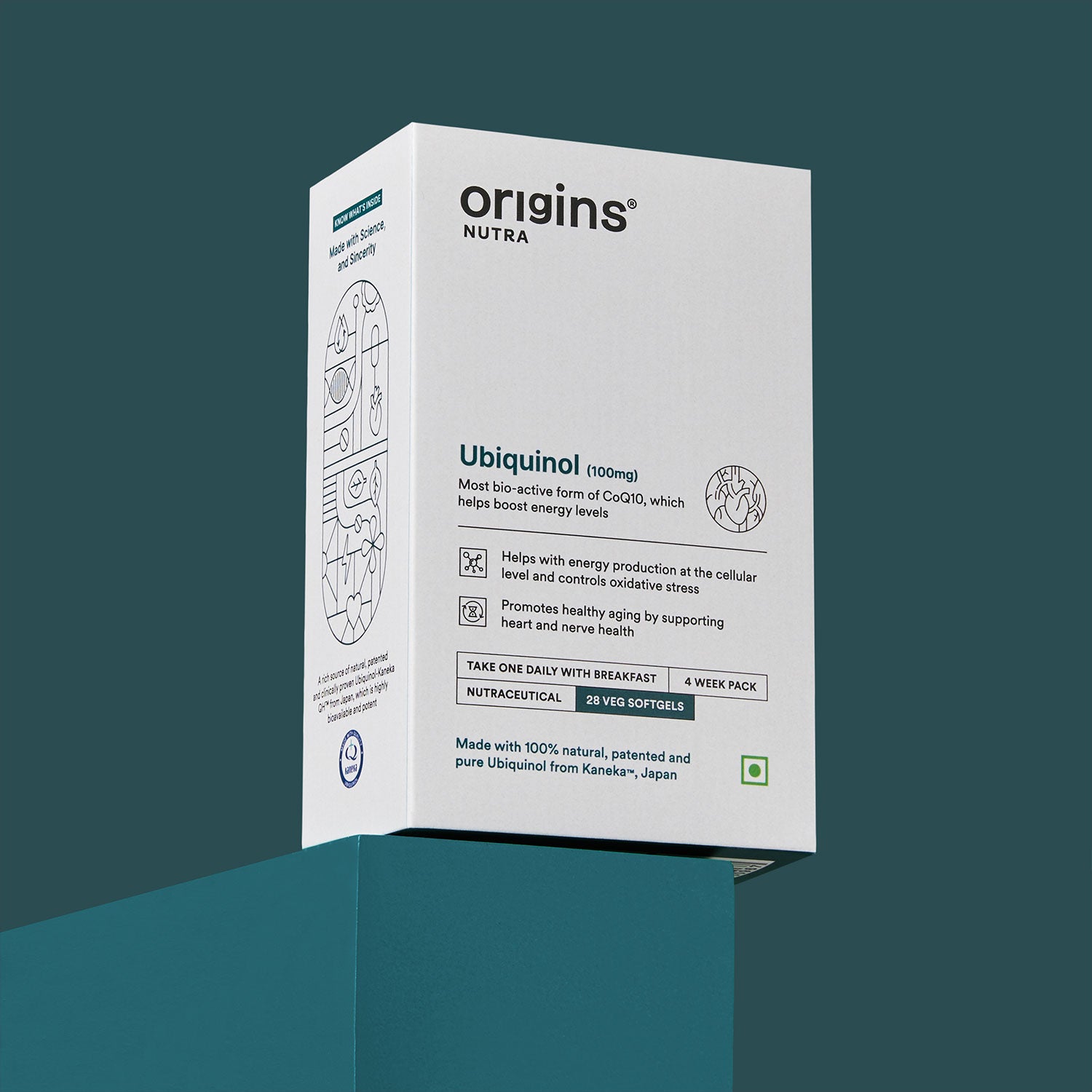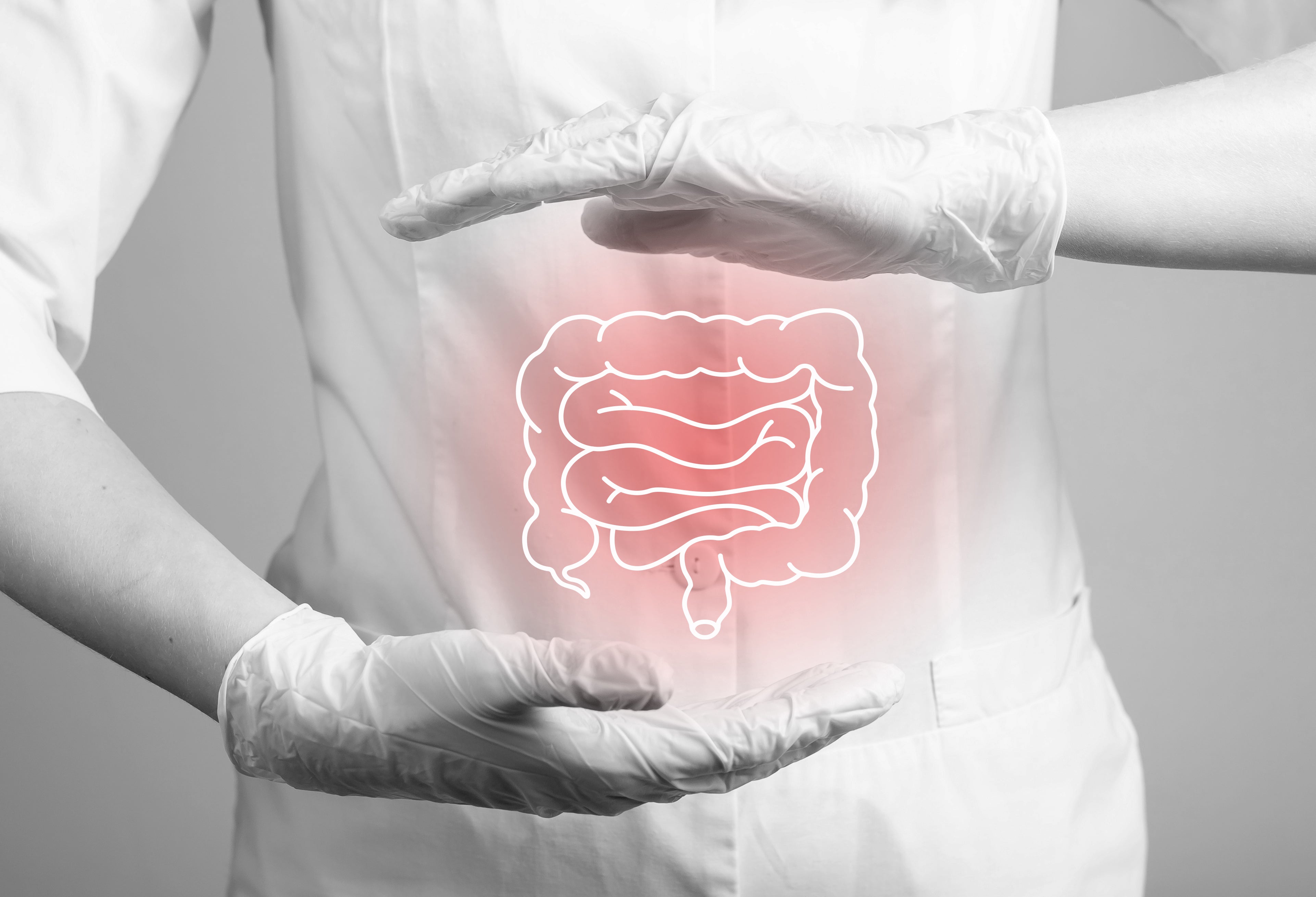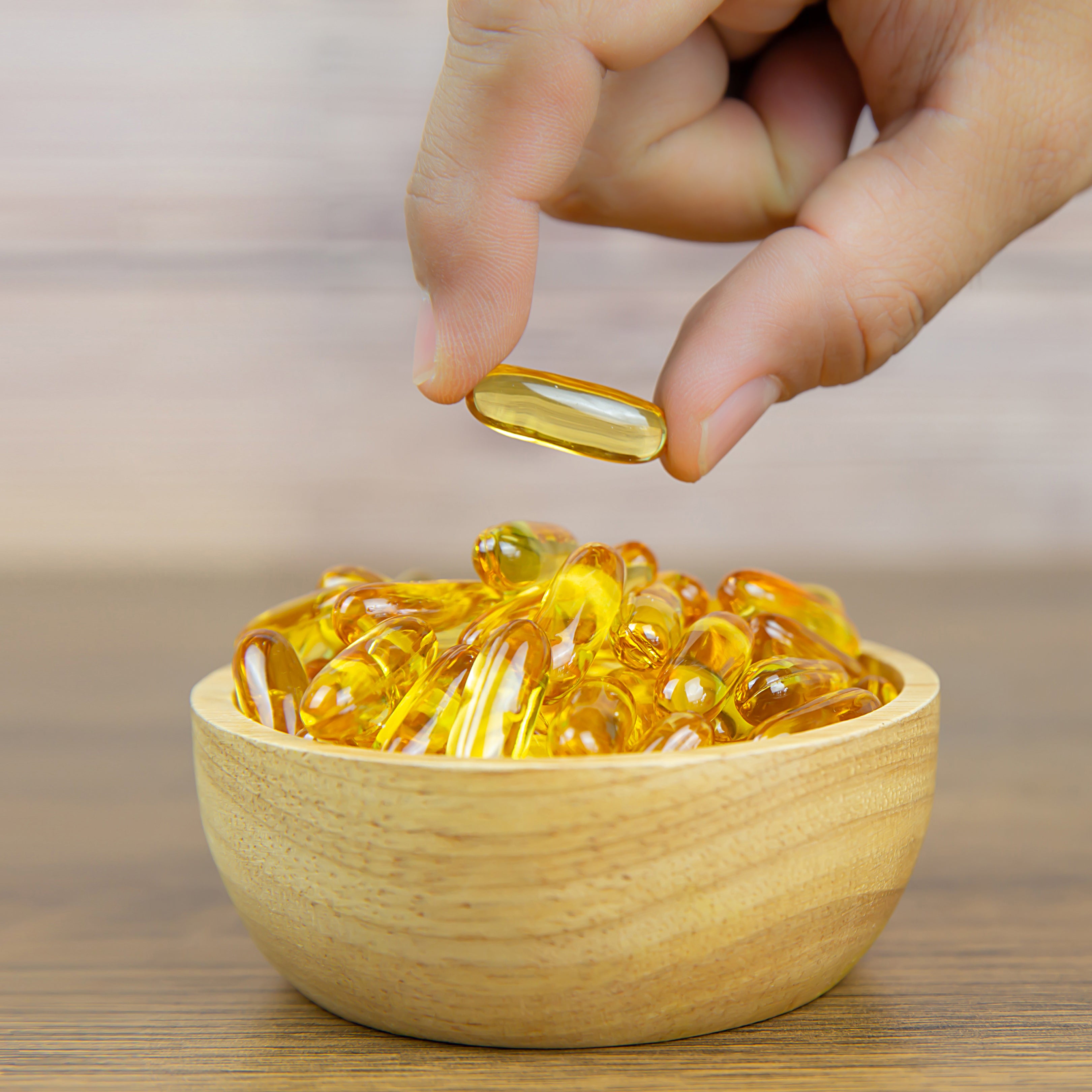Top 5 Signs and Symptoms of Omega-3 Deficiency
If you're feeling unusually tired, mentally foggy, or noticing dry and irritated skin, it may not just be due to stress, seasonal changes, or lack of sleep. These could be signs that your body is missing something essential: Omega-3 fatty acids.
Omega-3s play a vital role in many aspects of health, but our body cannot produce them on its own. We need to obtain them through our diet or supplements. When intake is low, the effects tend to show up gradually. They may not seem urgent at first, but over time, they can begin to affect your daily well-being.
In this article, we’ll explore why Omega-3s are important, what can cause a deficiency, and the key signs to look out for.
Why Omega-3s matter
Omega-3s are a type of polyunsaturated fat that play several key roles in our body. They are part of the cell membranes that protect our cells and help them function properly. DHA, one important form of Omega-3, is found in high amounts in the brain, eyes, and sperm. These fats also provide energy and help the body make eicosanoids (messenger molecules that affect the heart, lungs, immune system, and hormone function.)
The main forms of Omega-3 we get from food include:
-
EPA (eicosapentaenoic acid)
-
DHA (docosahexaenoic acid)
-
ALA (alpha-linolenic acid.
For more information on the different types and benefits of Omega-3s, you can [click here].
What causes Omega-3 Deficiency
-
Low intake of Omega-3-rich foods like fatty fish, flaxseed, or walnuts
-
Poor conversion of Omega-3 (ALA) into the forms our body uses best (EPA and DHA)
-
Health conditions that affect how we absorb nutrients, especially digestive issues.
What are the Signs and Symptoms of Low Omega-3?
Here are some of the most common symptoms that could suggest we’re not getting enough Omega-3:
-
Dry or irritated skin
If our skin feels rough, flaky, or easily irritated, it could be linked to low omega-3 levels. These fats help maintain the skin’s natural barrier and keep it hydrated. When omega-3 levels drop, studies show that DHA levels in the blood and tissues also fall, which can lead to dry patches or scaly.
-
Fatigue and low energy levels
If we feel tired even after getting enough rest, low omega-3 levels might be part of the reason. Omega-3s help support the structure of our cell membranes and play a role in how our cells produce and use energy. Without enough of them, our energy levels can dip.
-
Joint aches or discomfort
Omega-3s help reduce inflammation, which often contributes to joint pain, swelling, and stiffness. Research shows that supplementing with omega-3s may ease these symptoms, including morning stiffness, making them a useful support for joint health.
-
Trouble focusing or feeling foggy
Our brain needs healthy fats like omega-3s to work well. Trouble concentrating or feeling mentally foggy can be signs of low omega-3 levels. DHA, a key type of omega-3, helps keep brain cells healthy and supports how they communicate. Studies show that people with lower DHA levels may have more memory and thinking problems, while higher DHA levels are associated with better brain health over time.
Fun Fact: Your brain is actually around 60% fat, making it the fattiest organ in your body! Those fats, especially healthy ones like omega‑3s, aren’t just padding; they play vital roles in building brain cell membranes and helping your neurons communicate and stay protected
-
Eye discomfort or dryness:
One of the early signs of low omega-3 levels is dry or irritated eyes. About 14% of adults deal with dry eye disease, where the eyes don’t make enough tears or the tears evaporate too quickly. This can lead to inflammation and a constant feeling of discomfort. Omega-3s, especially EPA and DHA, are known to support tear quality and reduce inflammation, which is why they’re often used alongside other treatments for relief.
If some of these signs sound familiar, it might be time to check your Omega-3 levels. Adding more Omega-3-rich foods to your meals or taking a quality supplement can help you feel more balanced, alert, and comfortable over time.

Summary
Omega-3 fatty acids are essential for many functions in the body, from maintaining healthy skin and joints to supporting brain and eye health. Since our bodies cannot make these fats, we rely on diet or supplements to meet our needs. Deficiency can show up as fatigue, joint discomfort, dry skin, difficulty concentrating, or eye dryness. Paying attention to these signs and increasing your Omega-3 intake can improve your overall well-being.
Frequently Asked Questions (FAQs)
How do I check my Omega-3 levels?
You can check your Omega-3 status through a blood test called the Omega-3 Index. It measures the amount of EPA and DHA in your red blood cells.
Is it possible to be deficient in Omega-3?
Yes, many people have low Omega-3 levels due to poor diet, health issues, or poor conversion of Omega-3 into absorbable form.
How do I know if I need to take Omega-3 supplements?
If you notice symptoms like dry skin, joint pain, fatigue, brain fog, or dry eyes, or if your diet lacks Omega-3-rich foods, you might benefit from supplementation.
How do I recover from Omega-3 deficiency?
Increase your intake of Omega-3 rich foods like fatty fish, flaxseeds, walnuts, or take a high-quality Omega-3 supplement.
Which foods are high in Omega-3?
Fatty fish like salmon, mackerel, sardines, flaxseeds, chia seeds, walnuts, and hemp seeds are good sources of Omega-3.
